
Draba verna
"He who hopes for spring with upturned eye
never sees so small a thing as Draba.
He who despairs of spring with downcast eye
steps on it, unknowing.
He who searches for spring with his knees in the mud
finds it, in abundance."
— Aldo Leopold
For much of the world, the arrival of spring is a showy occasion.
Like the young girls in brightly-colored, petticoated dresses, we expect the celebration of the season to wake us from winter with a visible alarm. While the temperatures dance back and forth across the freezing line and imperceptible changes slowly unfurl, we struggle to nail spring to the calendar, define it by the things we can see.
 Crocus
Crocus
 Glory-of-the-Snow
Glory-of-the-SnowWe mark it boldly, watching for blooms from tulips and daffodils, as if with loud proclamation we might tether it a bit more securely.
But nature’s spring is far more subtle.
Her change is quiet--hidden beneath the tangle of faded stems on a barren field, softly peeking past layers of leaves on the treed hillside of a southern slope.
By the time we realize it’s here, a good portion of spring is already gone.
 American Columbo
American Columbo
first leaves of spring
Last weekend I walked with
Jim McCormac and the
Midwest Native Plant Society in search of those earliest and seldom seen, quietly productive, first-bloomers of spring--the understated, perhaps under-appreciated little mustards. In Adams County, rich in botanical diversity because of its unique combination of geography and geology, we would find them. And, as is often the case, the least spectacular place (especially if you’re driving past at 55 mph) held the greatest botanical find.
 Earthstar puffball
Earthstar puffballStepping carefully from our vehicles, we fanned out into a small, local cemetery, stooping low, eyes combing the ground in search of our conquest, the tiny Little Whitlow-grass,
Draba brachycarpa.
This neat little mustard stands barely an inch high and can easily be lost in the taller trimmed grass surrounding the grave sites. Happy to settle in to the continually disturbed sandy soil in this one of just a few known deposits along the Ohio River, dozens of these small, rare mustard plants jockey for space, while prickly pear cactus and earthstars delight in the southernmost Ohio sand.
The hardest part is finding the first one.
 Draba brachycarpa,
Draba brachycarpa,
photo courtesy Tricia West
“Is this it?”
A small plant is gently isolated, swept clean of broken stems and weathered leaves covering it, basal leaves examined, stem and flower head scrutinized.
“YES!”
And the group drops to their knees, each chin on the ground, as only a mustard can be appreciated.
 Draba brachycarpa, in bloom
Draba brachycarpa, in bloom
photo courtesy Tricia West
 in fruit
in fruitSoon, the hidden treasure is spotted all around, some still in their delicate white flower, most already in fruit—stubby, purple pods (brachycarpa=short pod) that can barely be seen unless you’re nose-to-nose with the little Draba.
At first glance, it might seem we're still waiting for spring.
Look closely, stoop low.
If you're a little mustard, spring has already happened.
 Draba brachycarpa, Little Whitlow-grass
Draba brachycarpa, Little Whitlow-grass
in fruit

Draba verna, Early Whitlow-grass is growing in large patches on my lawn.
Each of the 4 petals is deeply divided, giving the appearance of 8.


















































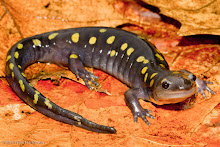






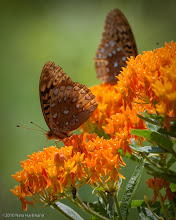

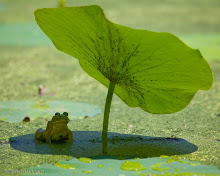
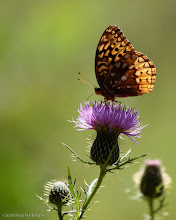
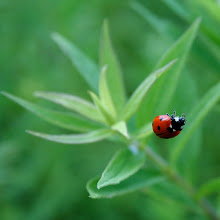




























%20copy.jpg)














